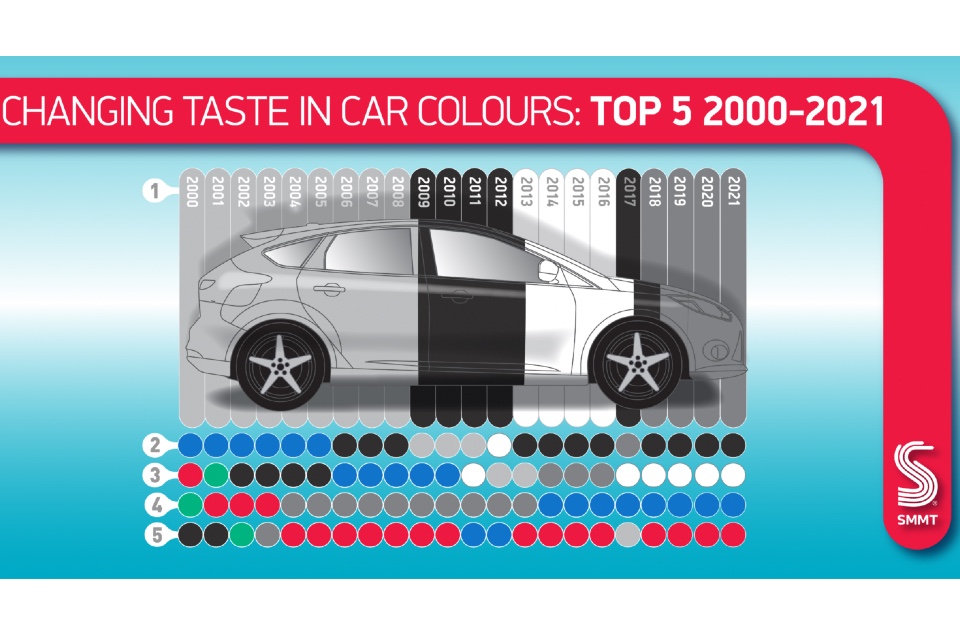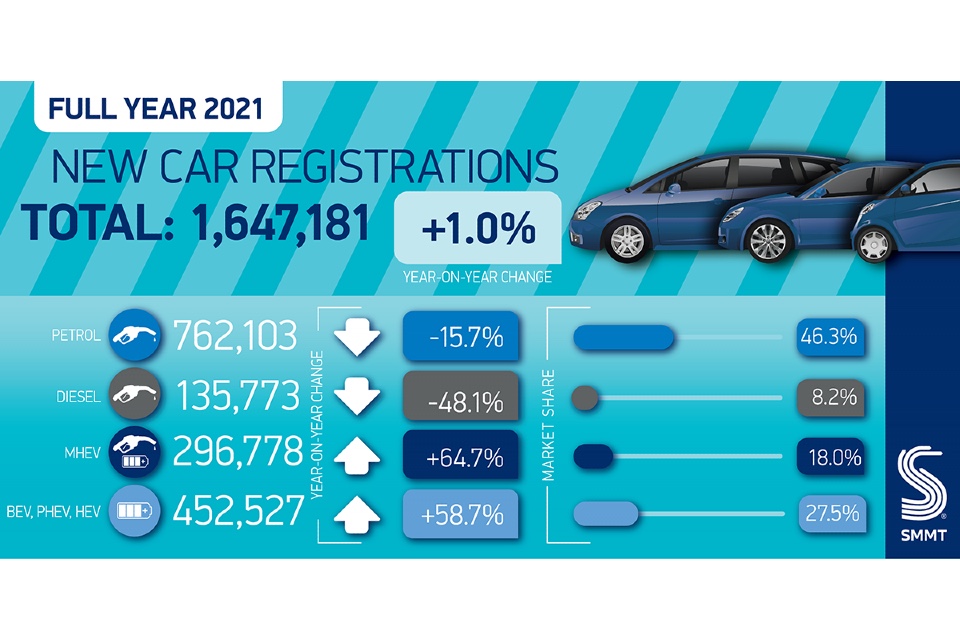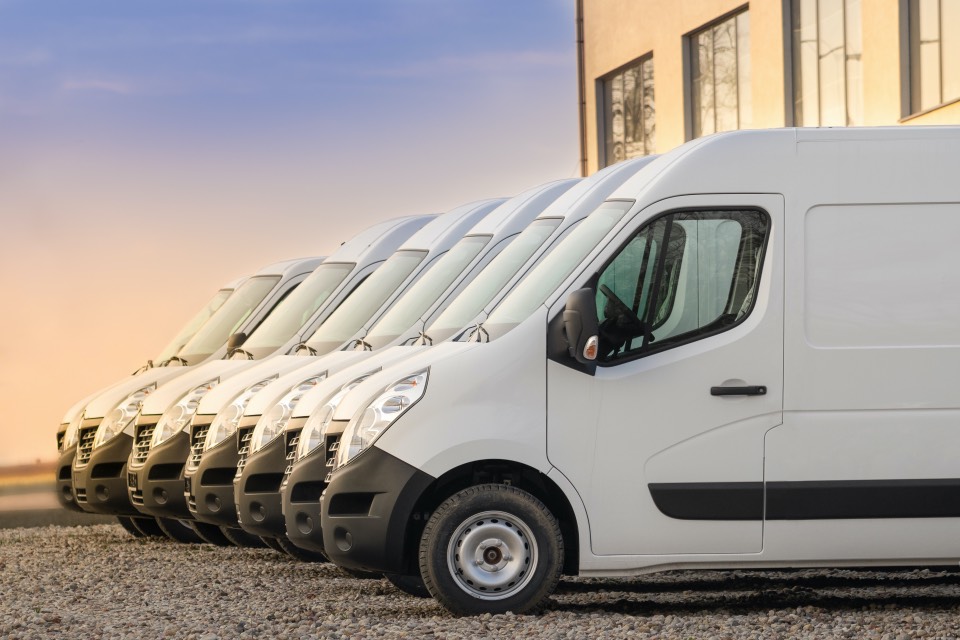Grey is the colour… again!

British drivers doubled down on their preference for monochrome cars in 2021, with grey increasing its dominance as the UK’s favourite new car colour for the fourth year in a row, according to figures published today by the Society of Motor Manufacturers and Traders (SMMT). During a year of pandemic-related disruptions impacting total new car […]
COVID stalls 2021 UK new car market but EV sales strong

2021 new car registrations grew by just 1% on a pandemic-ravaged 2020, as 1.65 million new cars entered the UK market, according to figures released by the Society of Motor Manufacturers and Traders (SMMT). The figures underline the ongoing impact of Covid and the semiconductor shortage on the industry, with the market down -28.7% on […]
EV sales skyrocket: More EVs registered in 2021 than previous decade

By Ben Hubbard, WhichEV According to the latest data from the Society of Motor Manufacturers and Traders (SMMT), more electric vehicles will be registered in 2021, than in the whole of the previous decade. Between 2010 and 2019, a total of 271,962 BEVs and PHEVs were registered, while in 2021 alone the SMMT forecasts that […]
Automated vehicles subject to new marketing guidelines

The automotive industry has committed to a new set of guiding principles for marketing automated vehicles, published by The Society of Motor Manufacturers and Traders (SMMT). Developed and agreed by the Centre for Connected and Autonomous Vehicles’ AV-DRiVE Group, the principles provide an outline for responsible advertising and communication relating to automated vehicles and their […]
UK van sales down 4.6% in October

The light commercial vehicle (LCV) market declined marginally by -4.6%, in October, with 27,420 vans registered according to the latest figures released today by the Society of Motor Manufacturers and Traders (SMMT). Despite this representing the second consecutive month of decline – albeit not as steep a fall as in September – the sector remains […]
SMMT calls for vehicle decarbonisation plans before government bans

The Society of Motor Manufacturers and Traders (SMMT) has called on government to work with industry to develop a plan that facilitates the transition to zero emission HGVs, before it commits an end of sale date for conventionally fuelled trucks. All of Europe’s major truck manufacturers have agreed that new HGVs will be fossil fuel-free […]
Exciting executive EV choices coming soon

By James Morris, Editor, WhichEV Roll the clock back 10 years and the Nissan Leaf was one of the only electric cars available in the market, with a range around 100 miles and very few places you could get a charge. The EV landscape looks very different in 2021. To help the specialist media get […]
Business confidence ‘drives cautious recovery’ in car registrations

With the year’s first full month of showroom openings, new car registrations in May reached 156,737 units, according to the latest figures from the Society of Motor Manufacturers and Traders (SMMT). The total represents an almost eightfold increase on the same month last year, but is down -14.7% on pre-pandemic May 2019, and -13.2% on […]
Motorparc: Total vehicles on UK roads falls to 40.35m

Vehicle numbers on UK roads fell to 40,350,714 in 2020, according to Motorparc data released today by the Society of Motor Manufacturers and Traders (SMMT), the first time the total number has fallen since the global financial crisis of 2009. As the pandemic stifled new vehicle uptake, the average age of cars on UK roads […]
UK’s most popular new car colour? Grey of course

Grey retained its position as the UK’s favourite new car colour in 2020, according to the latest figures released today by the Society of Motor Manufacturers and Traders (SMMT). While it was a tough year for new car registrations overall, 397,197 grey units were sold over the course of 2020, which means that just shy […]


